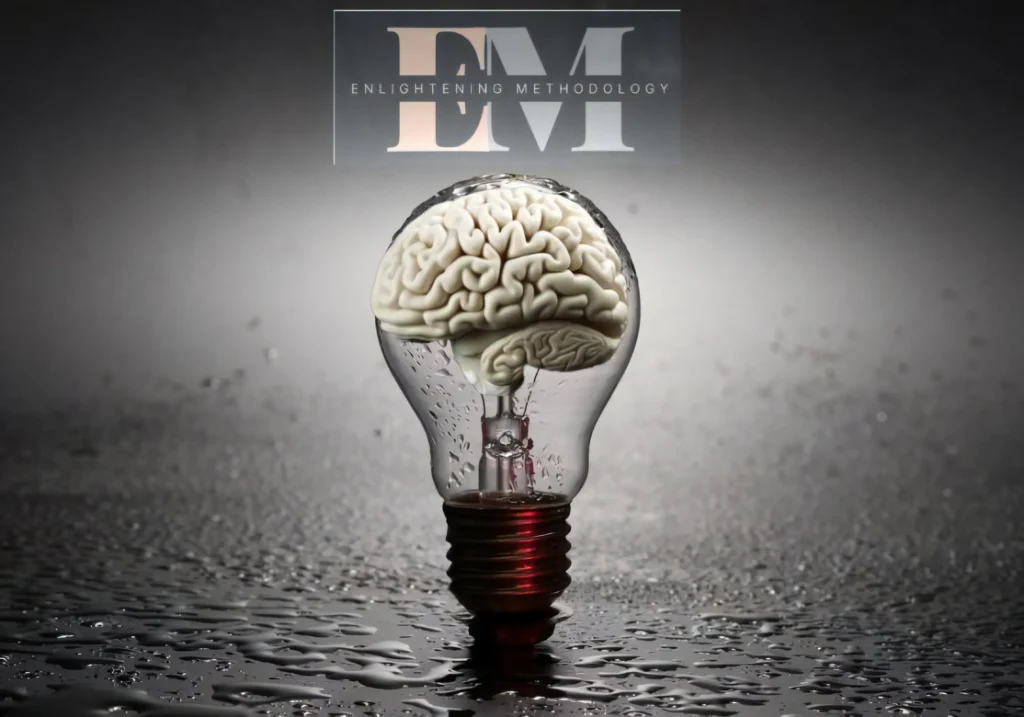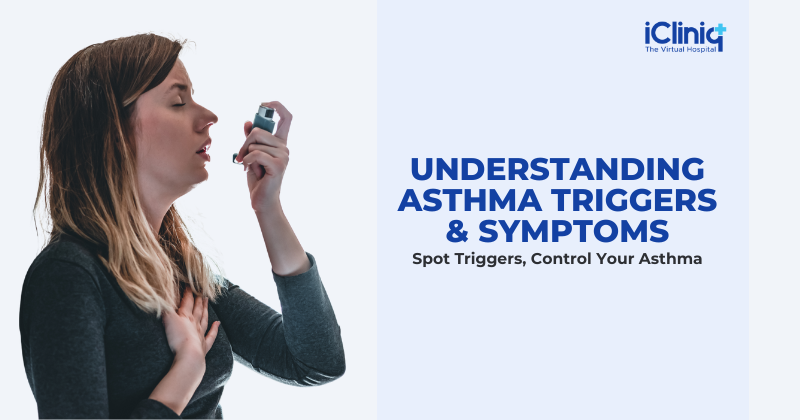The ancient Greek philosopher and polymath Aristotle once concluded that the human heart is tri-chambered and that it was the single most important organ in the entire body, governing motion, sensation, and thought.
Today, we know that the human heart actually has four chambers and that the brain largely controls motion, sensation, and thought. But Aristotle was correct in observing that the heart is a vital organ, pumping blood to the rest of the body to reach other vital organs. When a life-threatening condition like heart failure strikes, the heart gradually loses the ability to supply other organs with enough blood and nutrients that enables them to function.
Researchers from MIT and Harvard Medical School recently published an open-access paper in Nature Communications Medicine, introducing a noninvasive deep learning approach that analyzes electrocardiogram (ECG) signals to accurately predict a patient’s risk of developing heart failure. In a clinical trial, the model showed results with accuracy comparable to gold-standard but more-invasive procedures, giving hope to those at risk of heart failure. The condition has recently seen a sharp increase in mortality, particularly among young adults, likely due to the growing prevalence of obesity and diabetes.
“This paper is a culmination of things I’ve talked about in other venues for several years,” says the paper’s senior author Collin Stultz, director of Harvard-MIT Program in Health Sciences and Technology and affiliate of the MIT Abdul Latif Jameel Clinic for Machine Learning in Health (Jameel Clinic). “The goal of this work is to identify those who are starting to get sick even before they have symptoms so that you can intervene early enough to prevent hospitalization.”
Of the heart’s four chambers, two are atria and two are ventricles — the right side of the heart has one atrium and one ventricle, and vice versa. In a healthy human heart, these chambers operate in a rhythmic synchrony: oxygen-poor blood flows into the heart via the right atrium. The right atrium contracts and the pressure generated pushes the blood into the right ventricle where the blood is then pumped into the lungs to be oxygenated. The oxygen-rich blood from the lungs then drains into the left atrium, which contracts, pumping the blood into the left ventricle. Another contraction follows, and the blood is ejected from the left ventricle via the aorta, flowing into veins branching out to the rest of the body.
“When the left atrial pressures become elevated, the blood drain from the lungs into the left atrium is impeded because it’s a higher-pressure system,” Stultz explains. In addition to being a professor of electrical engineering and computer science, Stultz is also a practicing cardiologist at Mass General Hospital (MGH). “The higher the pressure in the left atrium, the more pulmonary symptoms you develop — shortness of breath and so forth. Because the right side of the heart pumps blood through the pulmonary vasculature to the lungs, the elevated pressures in the left atrium translate to elevated pressures in the pulmonary vasculature.”
The current gold standard for measuring left atrial pressure is right heart catheterization (RHC), an invasive procedure that requires a thin tube (the catheter) attached to a pressure transmitter to be inserted into the right heart and pulmonary arteries. Physicians often prefer to assess risk noninvasively before resorting to RHC, by examining the patient’s weight, blood pressure, and heart rate.
But in Stultz’s view, these measures are coarse, as evidenced by the fact that one-in-four heart failure patients is readmitted to the hospital within 30 days. “What we are seeking is something that gives you information like that of an invasive device, other than a simple weight scale,” Stultz says.
In order to gather more comprehensive information on a patient’s heart condition, physicians typically use a 12-lead ECG, in which 10 adhesive patches are stuck onto the patient and linked with a machine that produces information from 12 different angles of the heart. However, 12-lead ECG machines are only accessible in clinical settings and they are also not typically used to assess heart failure risk.
Instead, what Stultz and other researchers propose is a Cardiac Hemodynamic AI monitoring System (CHAIS), a deep neural network capable of analyzing ECG data from a single lead — in other words, the patient only needs to have a single adhesive, commercially-available patch on their chest that they can wear outside of the hospital, untethered to a machine.
To compare CHAIS with the current gold standard, RHC, the researchers selected patients who were already scheduled for a catheterization and asked them to wear the patch 24 to 48 hours before the procedure, although patients were asked to remove the patch before catheterization took place. “When you get to within an hour-and-a-half [before the procedure], it’s 0.875, so it’s very, very good,” Stultz explains. “Thereby a measure from the device is equivalent and gives you the same information as if you were cathed in the next hour-and-a-half.”
“Every cardiologist understands the value of left atrial pressure measurements in characterizing cardiac function and optimizing treatment strategies for patients with heart failure,” says Aaron Aguirre SM ’03, PhD ’08, a cardiologist and critical care physician at MGH. “This work is important because it offers a noninvasive approach to estimating this essential clinical parameter using a widely available cardiac monitor.”
Aguirre, who completed a PhD in medical engineering and medical physics at MIT, expects that with further clinical validation, CHAIS will be useful in two key areas: first, it will aid in selecting patients who will most benefit from more invasive cardiac testing via RHC; and second, the technology could enable serial monitoring and tracking of left atrial pressure in patients with heart disease. “A noninvasive and quantitative method can help in optimizing treatment strategies in patients at home or in hospital,” Aguirre says. “I am excited to see where the MIT team takes this next.”
But the benefits aren’t just limited to patients — for patients with hard-to-manage heart failure, it becomes a challenge to keep them from being readmitted to the hospital without a permanent implant, taking up more space and more time of an already beleaguered and understaffed medical workforce.
The researchers have another ongoing clinical trial using CHAIS with MGH and Boston Medical Center that they hope to conclude soon to begin data analysis.
“In my view, the real promise of AI in health care is to provide equitable, state-of-the-art care to everyone, regardless of their socioeconomic status, background, and where they live,” Stultz says. “This work is one step towards realizing this goal.”











